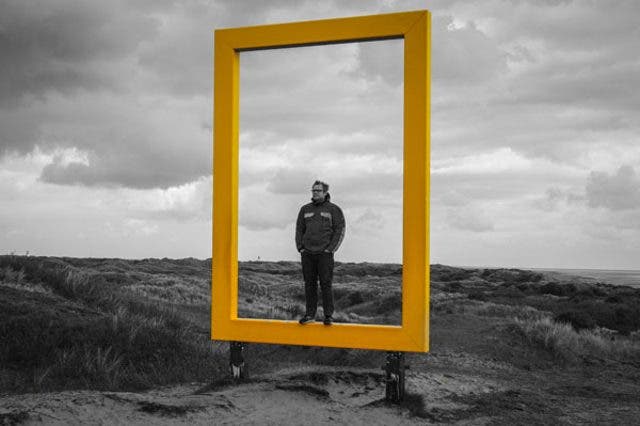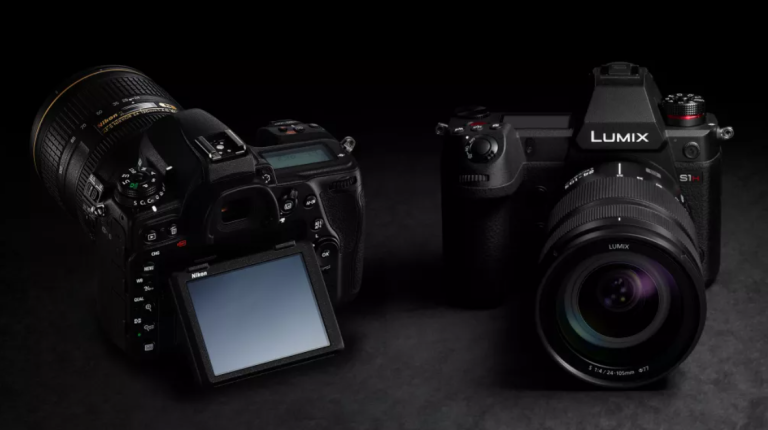How to become a photographer for National Geographic
Within the next four years, we predict that over half of all National Geographic photographers will be younger than 10 years old. We hope this article will help any aspiring young photographer begin his or her career at this age before they are superseded by toddlers.

National Geographic photographers have a certain look. They are usually very young, often balding men with beards and glasses who wear checkered shirts while hanging their camera necklaces around their necks. Although there is no official rule on appearance for National Geographic photographers, it is generally true.
Also read: How to become a sports cameraman in 2021 – A complete guide
How can I become an official National Geographic photographer? Despite what many schoolteachers may tell you, there’s only one way to get into this elite profession: persistence. Be prepared to send in thousands of photos over the span of your career.
To get started, borrow a camera from an older sibling or friend. If you do not have an older sibling or friend with a digital camera, ask your parents to buy one for you. They will often say no because they are penny-pinching hoarders who refuse to spend money on anything besides medicine and cake mix. However, if you persist long enough (See tip #1), they will eventually agree since it’s better than having their 10-year old son hanging around the house all day with nothing to do except drinking milk directly out of the carton and play video games made seven years ago.
If that doesn’t work, try buying cheap plastic cameras at dollar stores and using them to take pictures.
If you already have a camera and parents who will buy film, thank your parents for this wonderful gift and continue to tip #1.
Also read: Best Camera for Everyday Use 2021 – Top 6 Recommendations
Once you’ve gotten your first roll of film developed, try studying the photos instead of throwing them away as the teacher tells you (and like any sane person would). If all goes well, you should see some amazing things in these photos that no one has seen before: namely the inside of your nose.
Still haven’t gotten into National Geographic? That’s OK! You’re only 10 and there is still plenty of time for things to work out (see tip #2). Keep practicing and eventually, something might happen (See tip #3)…
FAQs:
Q: What kind of camera should I buy?
A: Digital cameras are easier to work with because they automatically take pictures, but they lack the classic quality that National Geographic magazine is known for. In recent years, digital cameras have been phased out of many National Geographic magazines in favor of film cameras even though the editors claim there’s no noticeable difference between film and digital photos.
Q: If a photographer hasn’t made it by the age of 23, what chance do I have?
A: Getting a life is a good place to start. All photographers must eventually grow up and get their own apartment, which will make it much harder to stay up at night taking photos until 5AM without your parents about it. Many photojournalists have also been known to get their own apartment before National Geographic photographers, but only if they get a part-time job.
Q: What software can I use to make my photos look like National Geographic ones?
A: Adobe Photoshop is one of the most popular photo editing software applications available on all platforms including Windows, Mac OS X and Linux. It has a steep learning curve, but once you master it you will be able to alter any of your photos with this free application. If your computer runs an operating system other than Windows XP, consider getting a new one since it probably won’t support Photoshop unless you know someone who works at Adobe. Luckily there are many online services that offer similar alternatives for much cheaper prices (See tip #4).
Q: What type of people are successful as National Geographic photographers?
A: Successful National Geographic photographers often have creative job titles such as “freelance photojournalist” or “freelance photographer.” They also tend to be college graduates from the Ivy League, but there is not a single Ivy League school that offers a degree in being a National Geographic photographer. Higher education however can help if you want to become a freelance photographer since most employers only hire college grads.
But instead of going for an expensive four-year degree, why not do what most National Geographic photographers have done and start off with two years at community college followed by transferring into your dream university. You would be surprised how many colleges will take students who have spent their freshman and sophomore years at community college. Don’t be afraid to experiment with different majors as well. For example, most National Geographic photographers majored in the liberal arts instead of photography during the 4-year colleges they attended (see tip #5).
Q: I like my normal digital camera and don’t want to take pictures with a film one. Is there a way to make my current camera work at National Geographic standards?
A: No. Despite what the editors of National Geographic say, they don’t accept digital photos from normal cameras even if you alter them on Photoshop (See tip #6). If you want to take pictures for National Geographic, you’re going to need a film camera. Luckily, these are cheap and easy to find online (See tip #8).

![What Is The Best Brand Of Trail Camera? [Invention of Trail Cameras]](https://cameraslife.com/wp-content/uploads/2022/10/website-image-7-768x402.png)

![How To Install, Set Up, Charge and Reset Arlo Pro 3 Floodlight Camera? [Guide 2023]](https://cameraslife.com/wp-content/uploads/2022/11/website-image-2-768x402.png)


